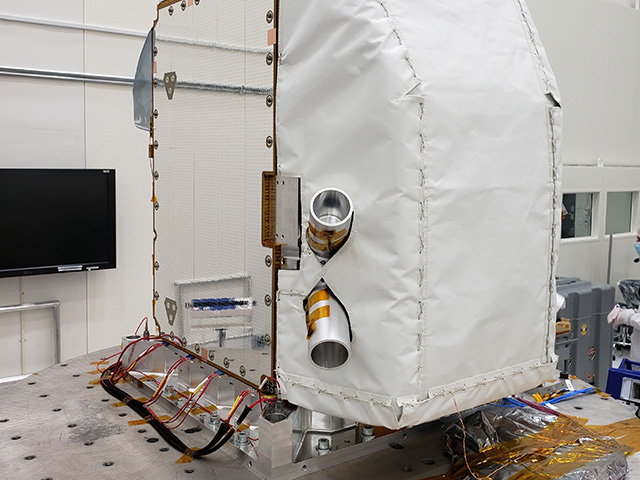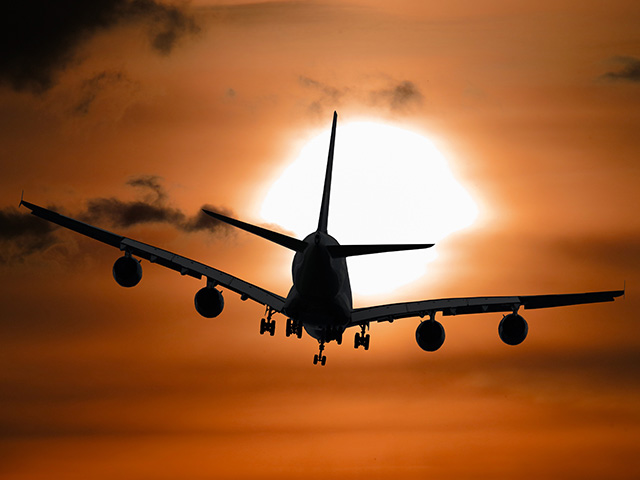News | July 30, 2020
NASA-NOAA Satellite Sees Siberian Smoke Reach Alaska
Siberian Smoke Reaches Alaska
Full left image | Full right image
This summer, Siberia has seen potentially record-breaking temperatures as high as 100.4 degrees Fahrenheit (38 degrees Celsius) as well as wildfires burning on a massive scale across the countryside.
These fires are spewing significant smoke and particulates into the atmosphere, which have begun to make their way across the Bering Sea to the U.S. and Canada. A low-pressure system swirled these aerosols over Alaska last week, where they were spotted by the Visible Infrared Imaging Radiometer Suite (VIIRS) instrument on NASA-NOAA’s Suomi-National Polar-orbiting Partnership (Suomi-NPP) satellite.
A collaborative effort between NOAA (National Oceanic and Atmospheric Administration) and NASA, Suomi-NPP is the technology demonstration satellite for the Joint Polar Satellite System (JPSS), the nation’s latest series of polar-orbiting environmental satellites. The first JPSS satellite, now called NOAA-20, launched in November 2017. Suomi-NPP and JPSS satellites produce data used for weather forecasting and environmental monitoring of events like wildfires, floods, hurricanes, severe storms and more across the U.S. and the world.
“JPSS touches everyone through its data,” said Matt Ritsko, NOAA Business Branch Lead at NASA's Goddard Space Flight Center in Greenbelt, Maryland. “Extreme weather events have profound impacts everywhere; JPSS spacecraft are always on watch to provide the insights needed in our local communities, helping the world every day. The program’s new 'JPSS in Your Community' application tells the story of how people in local communities are part of a nationwide team to make JPSS possible.”
For more information on benefits from the JPSS series of satellites and how the data are used in all 50 states and U.S. territories, visit https://www.jpss.noaa.gov/jpss-in-your-community.





